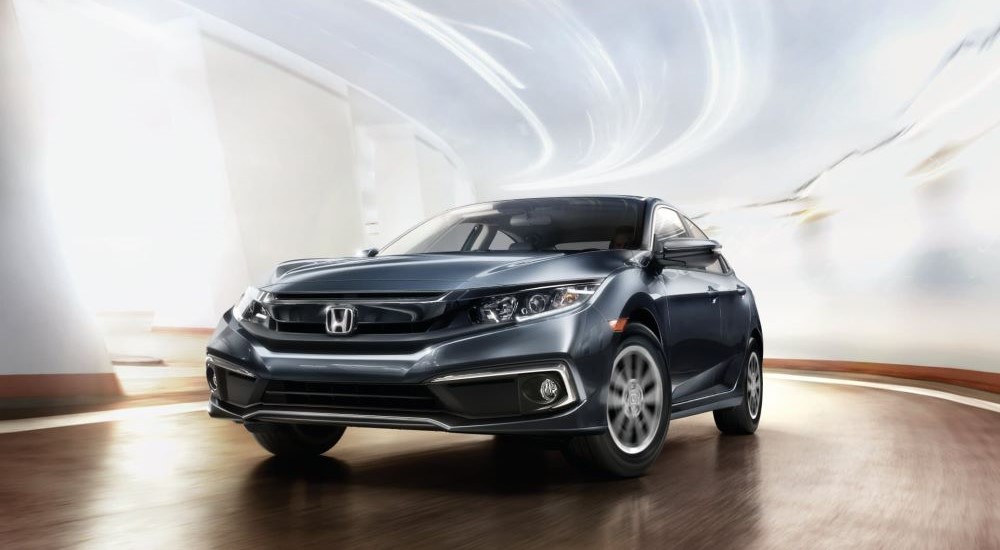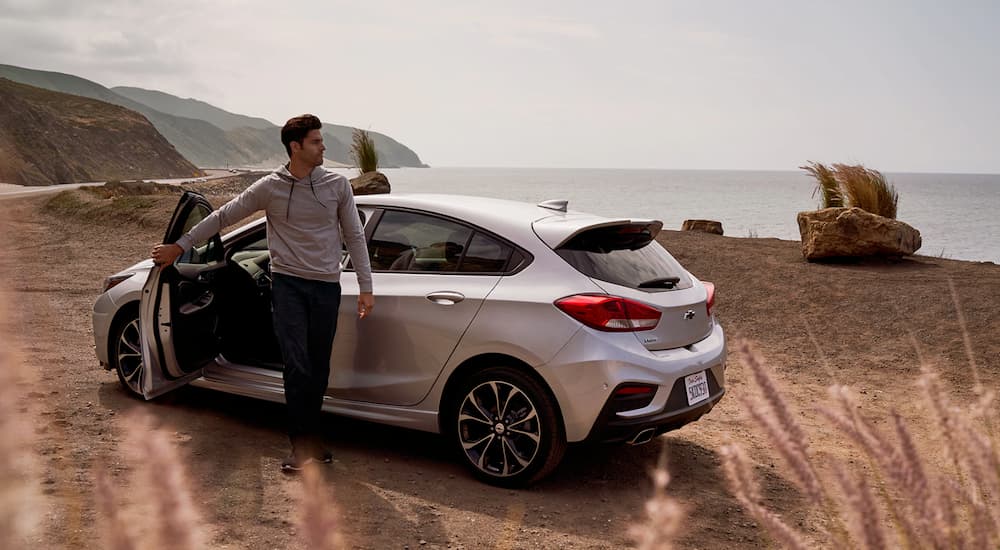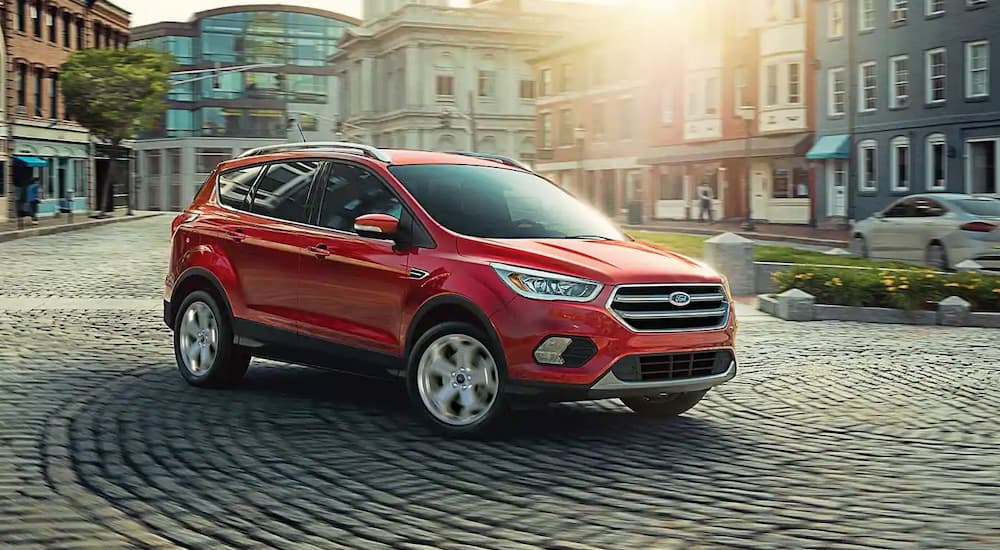I was recently talking to my mother, and she said she was considering getting rid of her car. It’s about six years old at this point, and she’s having a few more maintenance and service issues than in years past, but it still works, and, more importantly, it’s paid off. I quickly and loudly told her that was a bad idea and that she should stick with what she has, even if it needs a bit more work than it did before. She seemed intent on ignoring my advice until I started telling her about the prices of used cars these days, let alone new models.
The one thing that’s clear to anyone looking at the prices of vehicles right now and over the last few years is that cars are expensive. Older drivers who haven’t shopped for a car since before 2020 are living in blissful ignorance of just how intensely the car market has changed—and not in a way that’s especially consumer-friendly. The idea of buying a used model for less than $10,000 has become essentially laughable, and even decent used cars under $20k have become rare in the auto industry. Let’s take a look at what’s changed, just how rough it is, and if there’s any hope for relief.
Used Car Prices Since 2019
Here’s the short of it: the average used car price has increased by more than 47% since the start of the pandemic, based on data collected and analyzed by iSeeCars. That’s a brutal statistic in and of itself, but once you start to dig into more specific information, it gets even worse for anyone looking for an inexpensive used car. Consider models priced under $10,000: they’ve always been pretty rare, with such cars making up just 3.0% of the used car market in 2019, but now they’ve essentially vanished and account for 0.1% of the used car market in 2023. That might as well just be a rounding error—consider them nonexistent.
From there, the news doesn’t get any better. Models priced between $10k and $15,000 made up nearly 20% of the used car market in the before-times of 2019; now, they account for just 1.5% of the used car market. No, I didn’t misplace that decimal point—their market share has dropped by about 93%. And a model priced between $15,000 and $20k? While they once accounted for about 26% of the used car market in 2019, now they only make up about 11% of the used market. Thankfully, that’s not nearly as brutal as those first two, but it puts the few models under $20k that are still around on the high end of that budget.
So, where has the market shifted? If we’re missing some 20% of models under $15k and another 15% of the market between that and $20k, what has replaced them? I’m sure you can guess: more expensive models! Used cars between $20k and $25k have grown slightly from about 18% to closer to 20% since 2019, while cars between $25k and $30k once accounted for less than 14% of the used car market and now make up more than 18% of the market. The biggest boom is in used cars priced between $30k and $35k—they once made up just over 7% of the used car market and now account for more than 14% of used cars. These numbers continue up from there and drive home a simple point: used cars are more expensive than ever.
Used Car Mileage Since 2019
All of these expensive used cars must be in great shape with low mileage on them, right? Right!? Yeah, no; the one-two punch of the used car market comes from the fact that these used models not only cost more but also have more miles on them. Those cars priced under $10k that have all but vanished? If you do manage to find one, rather than having about 72,000 miles on it like it would’ve back in 2019, now it’s likely to have more than 116,000 miles.
This trend isn’t limited to these precious unicorns either. In 2019, a used car priced between $10k and $15k had an average of about 48,000 miles on it; now, those same cars have an average of more than 84k miles on them. Even a car priced between $20k and $25k will have an average of about 11,000 more miles on it than models at that same price back in 2019. In other words, shoppers are generally paying more for used cars, and those vehicles are coming with more use on them than just four years ago.
New Car Prices in Recent Years
But this must be limited to used cars, right? Nope—new models have been getting more expensive year after year, too. Back in 2019, the average cost for a new car increased by about $1,800 from the previous year, but in 2020, the average price for a new car jumped up by more than $3,300. And it just kept getting worse: the average new car price increased by more than $6,200 for 2021 to more than $47,000; it increased again to more than $49,500 for 2022. So, no matter where someone looks, they’ll see the same thing: cars are generally more expensive than ever before.
What Happened to Cheap Cars?
The question, of course, becomes what happened and how did we get here? The answer is simple: COVID. To get into all of the specifics would take too long, but the pandemic triggered a few things that all lined up to create this mess. For one, manufacturing plants shut down briefly, which caused a loss of production and, more importantly, a bottleneck in the manufacture of microchips—we all heard about the chip shortage for years. The ripples from this are still being felt and affecting new-car production, though it’s getting better.
As new cars became harder to find, used models became an incredible commodity, and this caused two things: demand went up and supply went down. Any first-year economics major can tell you what this means: increase in price. So what you had were people in need of vehicles, not being able to find or afford many new models, so they bought used. Prices went up rapidly and to some insane points—people were being offered more than they paid for their cars a few years prior by dealerships desperate to get inventory in stock.
Also, since things were shut down, people didn’t have a lot of options for ways to relax or enjoy their free time. But what people could still safely do is get in their cars and go for a drive, which folks did. This is why used models, on average, have more miles on them than before the pandemic; we were all driving because we needed to get out of the house somehow. But since these used models are still in such high demand, that hasn’t made them any cheaper.
Will Things Get Better?
Sadly, the best answer I can give for this is maybe? There are already some good signs when it comes to new models: the average price for a new model only went up by 0.4% year-to-year for July 2023. In fact, the average cost of a new car is down about $1,300 right now compared to the beginning of the year. That’s a great trend, but there’s no way to know if it will continue. The other side of that coin is that manufacturers are still focusing mostly on their most profitable models, which aren’t cheap.
Right now, there’s only a single vehicle with an average new transaction price under $20k: the Mitsubishi Mirage. And word is that Mitsubishi is canceling that beauty in the next year or two, which means there won’t be a single new car on the market that you can get for less than $20,000. This means buyers on a budget won’t be able to get a new model, so they’ll have to buy a used car; demand will stay high, which usually means prices won’t drop. Is this simply the new normal for used cars? It’s hard to say, but there are no signs of things getting better any time soon. For most shoppers, the best bet is to do plenty of research, pick a reputable dealership they can trust, and try to make their budget stretch.





